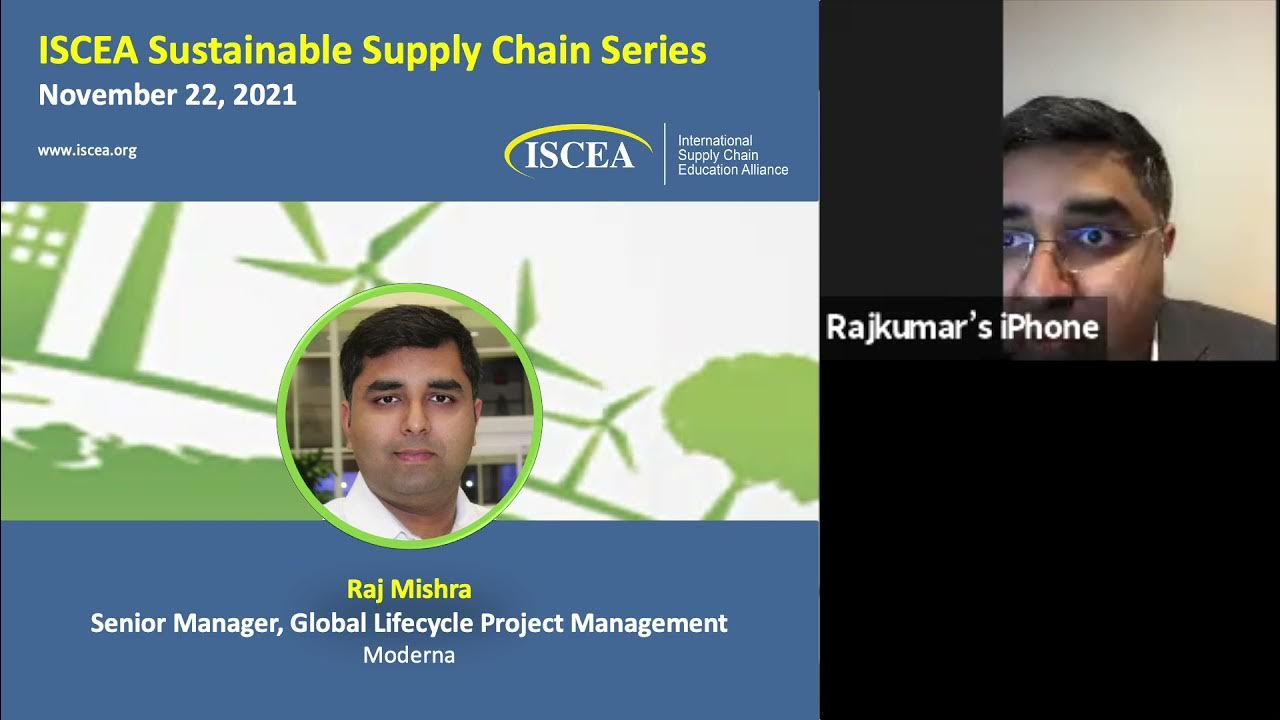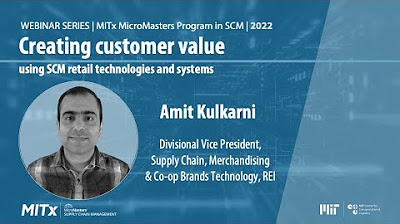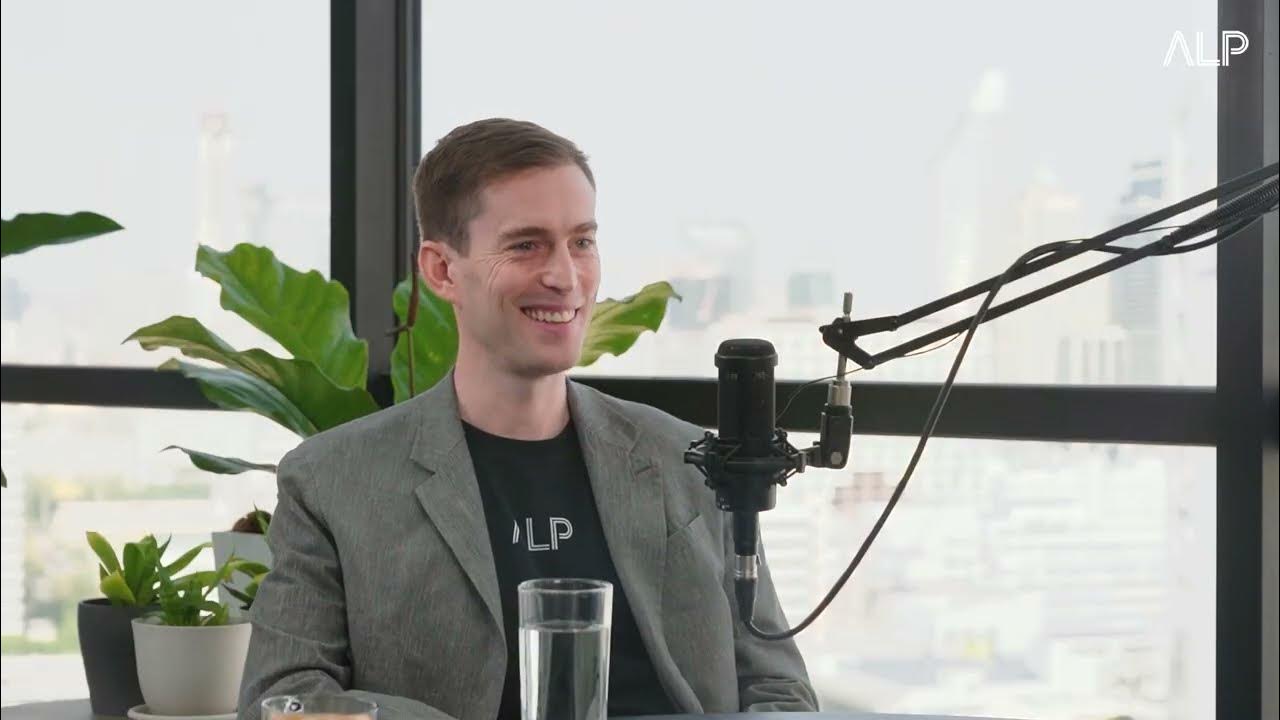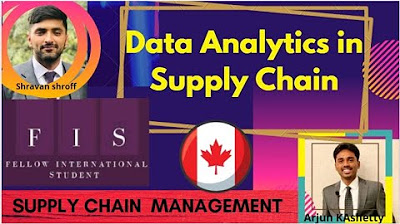From Traditional to Digital Supply Chain Networks - AWS
Summary
TLDRAmit Sinha,AWS行业产品首席架构师,分享了他在供应链和运营领域的20年经验。他讨论了供应链管理(SCM)的基本概念,如计划、采购、制造、交付和退货,并强调了传统ERP系统在企业间可见性和敏捷性方面的局限性。Sinha提出了利用云计算、数据分析、人工智能等技术来解决这些挑战,并介绍了数字供应链网络(DSN)的概念,这是一种实时、始终连接的网络,能够提高质量、降低成本,并使整个生态系统受益。他还鼓励学习新技术,并创新流程以充分利用这些技术。
Takeaways
- 🌟 供应链管理(SCM)的核心是确保产品以正确的数量、质量和时间到达消费者手中。
- 📈 过去几十年中,供应链管理已经从工业革命时期的断连过程,发展到通过ERP和MRP系统实现过程的连接。
- 🔗 供应链管理的流程包括计划、采购、制造、交付和退货,这些流程的连接形成了组织内部的可见性。
- 👀 传统供应链管理面临的挑战包括组织间可见性的缺失、敏捷性不足以及控制力的挑战。
- 📊 供应链中的瓶颈问题通常与手动依赖和效率低下的流程有关,这限制了组织的可见性。
- 📚 供应链管理教育中强调的安全库存和经济订货量等概念,在自动化和数字化技术的帮助下可以重新评估。
- 💡 通过数字化技术,可以实时识别质量问题并采取措施,提高供应链的质量和效率。
- 🚀 云计算、数据分析、人工智能、机器学习、机器人技术、区块链、数字孪生和边缘计算等新兴技术正在颠覆传统的供应链管理。
- 💼 创新是供应链管理转型的关键,需要创新流程、合作伙伴关系、人员技能以及客户和员工体验。
- 📈 根据研究,采用新技术和流程创新可以显著提高质量、降低成本,并为整个生态系统带来益处。
- 🌐 数字供应链网络(DSN)框架提倡创建一个始终连接的网络,以实现端到端的可见性和实时响应。
Q & A
Amit Sinha 在 AWS 的职位是什么?
-Amit Sinha 在 AWS 的职位是首席架构师,专注于供应链和运营行业的产品。
Amit Sinha 在供应链管理领域有多少年的经验?
-Amit Sinha 在供应链管理领域有 20 年的经验。
供应链管理(SCM)的基本原则是什么?
-供应链管理的基本原则是确保正确的产品、正确的数量、正确的质量在尽可能短的时间内提供。
在供应链管理中,ERP 系统的主要作用是什么?
-ERP 系统的主要作用是连接企业的各个流程,使得从采购到制造、仓库、运输到供应商的每个环节都能相互可见,从而创建一个连接的组织。
供应链管理中提到的“可见性”问题是什么?
-供应链管理中的“可见性”问题指的是传统 ERP 系统无法提供跨组织间的可见性,导致组织无法有效看到关键合作伙伴的动态,从而增加了成本和低效的流程。
供应链管理中的“敏捷性”问题指的是什么?
-“敏捷性”问题指的是供应链中的连接链使得客户处于末端,导致在规划或开发时,与客户或供应商的距离较远,从而在面对市场变化时,供应链的响应能力受到挑战。
供应链管理中如何通过技术提高质量控制?
-通过使用数字技术,如传感器和人工智能,可以在制造过程中实时识别出不合格产品,从而在问题发生时立即采取措施,提高质量控制。
什么是数字供应链网络(DSN)?
-数字供应链网络(DSN)是一种始终在线、始终连接的网络,它通过云技术和数据分析,实现了组织、供应商和合作伙伴之间的数据集成和流程自动化。
在供应链管理中,如何通过技术解决瓶颈问题?
-通过集成的数字技术,如物联网(IoT)、人工智能和机器学习,可以实时监控和优化生产流程,从而识别并解决瓶颈问题。
Amit Sinha 提到的“数字孪生”技术在供应链中有什么应用?
-数字孪生技术可以在虚拟环境中模拟实际的生产过程,帮助培训员工,或者在高温等危险环境中远程监控和控制机器,提高安全性和效率。
Amit Sinha 推荐的《数字供应链》一书提供了哪些信息?
-《数字供应链》一书提供了关于数字供应链网络(DSN)模型的详细信息,包括多个用例和如何利用技术优化供应链管理的详细说明。
Outlines

Esta sección está disponible solo para usuarios con suscripción. Por favor, mejora tu plan para acceder a esta parte.
Mejorar ahoraMindmap

Esta sección está disponible solo para usuarios con suscripción. Por favor, mejora tu plan para acceder a esta parte.
Mejorar ahoraKeywords

Esta sección está disponible solo para usuarios con suscripción. Por favor, mejora tu plan para acceder a esta parte.
Mejorar ahoraHighlights

Esta sección está disponible solo para usuarios con suscripción. Por favor, mejora tu plan para acceder a esta parte.
Mejorar ahoraTranscripts

Esta sección está disponible solo para usuarios con suscripción. Por favor, mejora tu plan para acceder a esta parte.
Mejorar ahoraVer Más Videos Relacionados

Cadenas de abastecimiento resiliente

Sustainability in Pharmaceutical Industry - Moderna

Creating customer value using SCM retail technologies and systems

ALP Podcast Episode 1: Supply Chain & Logistics Challenges and Opportunities with Carl Hemus

The ONLY 4 Ways to Become an AI Product Manager with No Experience

Data Analytics in Supply Chain Management Canada🍁 Tools to use🎒 Pay Range🚛Roles & Titles & Companies
5.0 / 5 (0 votes)
